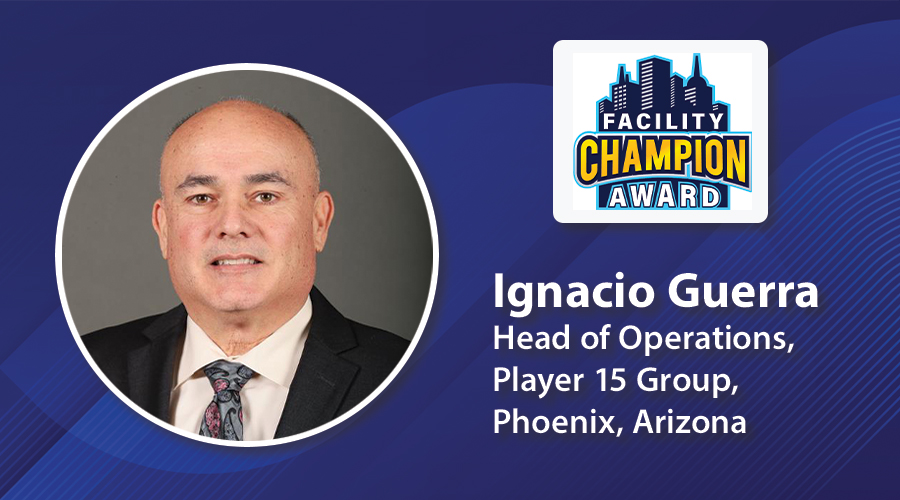Solar Energy Payback Will Be One Year Within A Decade, Says NREL
Solar PV systems can currently repay their energy investment in two years, the National Renewable Energy Laboratory (NREL) reports.
Solar PV systems can currently repay their energy investment in two years, the National Renewable Energy Laboratory (NREL) reports. But it could be one year within the decade.
The payback for multicrystalline PV modules is four years for systems that use current technology, which will drop to two years for technology coming onto the market, says a fact sheet released by the NREL, of the U.S. Department of Energy. For thin-film solar modules, the payback is three years using current technology and one year for anticipated thin-film technology.
The energy payback is the same for both rooftop and ground-mounted PV systems, depending on the technology and type of framing used. "Based on models and real data, the idea that PV cannot pay back its energy investment is simply a myth," it says.
Researchers found that fabrication of PV systems and fossil fuel production have similar energy payback periods when the costs for mining, transportation, refining and construction are included.
Most solar cells and modules sold in the U.S. now are crystalline silicon, and the purification and crystallizing of both single-crystal and multicrystalline silicon is the most energy-intensive part of the manufacturing process for solar cells. Energy is also needed to cut the silicon into wafers, process the wafers into cells, assemble the cells into modules (including encapsulation), as well as the overhead energy needed for the manufacturing facility.
Related Topics:











